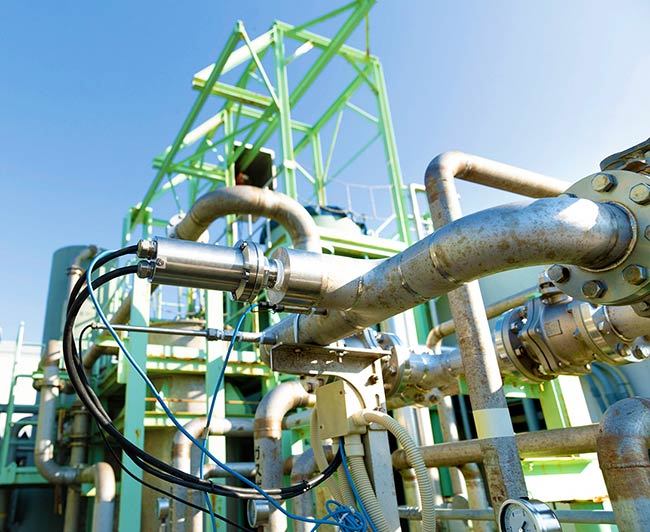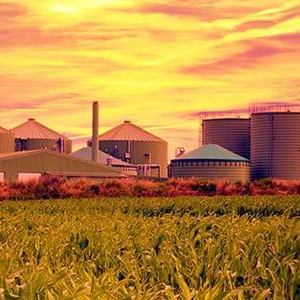Optimizing Biogas Production Efficiency With Humidity Measurements




April 3, 2023
BY Antti Heikkilä
Advertisement
Advertisement
Related Stories
This fall, Raleigh will become the first city in North Carolina – and one of only a few cities in the nation – to power its bus fleet with renewable natural gas (RNG) created from its own wastewater.
The call for presentation abstracts for the 19th annual International Biomass Conference & Expo is now open. The event will take place in Nashville, Tennessee, March 31 – April 2, 2026. Abstracts can be submitted through Nov. 21.
Generate Capital PBC, along with Fiera Infrastructure Private Debt, on Oct. 20 announced the closing of a C$60 million (US$43 million) inaugural financing for Generate Upcycle's North American anaerobic digestion (AD) portfolio.
The United Nations’ International Maritime Organization on Oct. 17 announced it would delay a vote on its proposed Net Zero Framework for one year. In the interim, UN member states will continue to work towards consensus on the framework.
Greenlane Renewables Inc. has announced the filing of a new patent application for a linear nitrogen rejection unit (NRU) as part of its Cascade LF product line, the company’s next-generation landfill gas upgrading technology.





